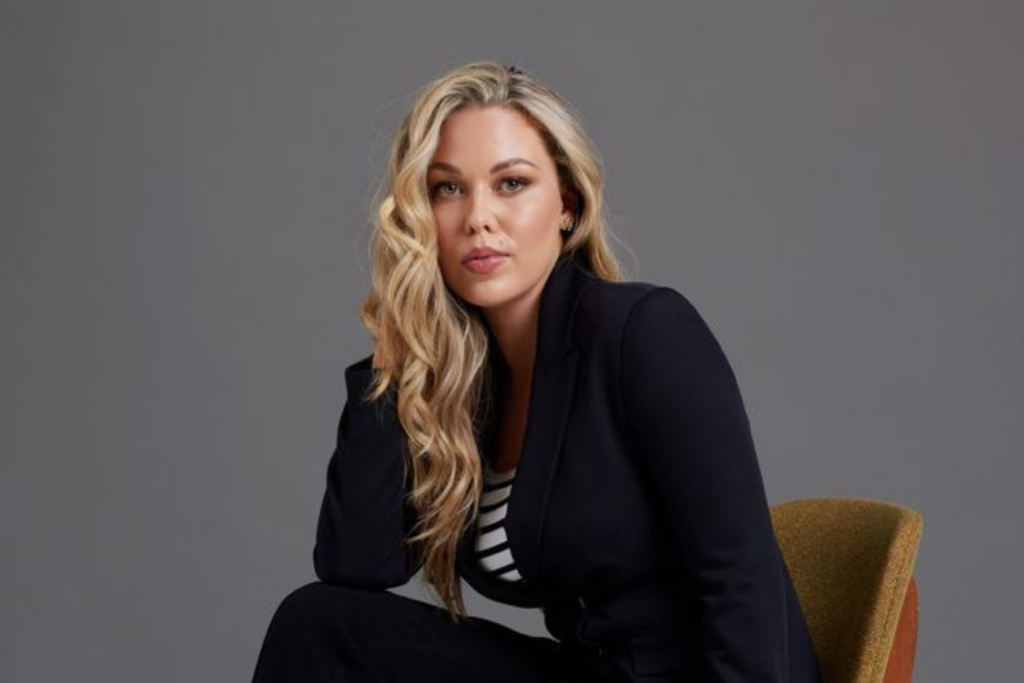Australia has a lot to learn when it comes to the treatment of women with convictions. As a society, we are desensitised to the plight of incarcerated women. I recently travelled to a prison in Manila to see first-hand how these women fare in the Philippines.
I am a woman with a conviction history and my partner was last year freed from prison after eight-and-a-half years. I am now a trauma therapist and I help women like me, whether they’ve been in prison or have convictions. It’s a tough road to walk, with the associated discrimination and disadvantage.
Most Australian prisoners don’t receive visitors. I went to Manila to collect an award for my trauma work and dedicated it to the women of Makati City Jail Female Dorm.
The Makati jail sits amid a neighbourhood of poverty – rows of makeshift shanty houses, patchwork tin rooves and tarpaulins fluttering in the tropical heat. Yet unlike Australian prisons, there was a strange sense of community and openness.
As I stepped through its gates, my belongings were secured and a guard escorted me through the main yard, where women lingered in conversation, preparing meals, and walking freely between spaces. In Australian prisons, buzzing doors lock behind you and biometric fingerprints are scanned at every checkpoint.
The Makati warden occupied an office where prisoners could pass through, near the kitchen. She offered me a meal as we began what would be several hours of cross-cultural knowledge sharing.
In Australia, I once saw an infant baby denied a visit because she was wearing tights, a violation of the strict dress policy. Visits in many Australian correctional facilities are still limited to one hour, citing outdated COVID-19 restrictions, even though the rest of society has moved on.
And female prisoners are the fastest growing prison population in Australia. Between 2009 and 2019, the number increased by 64 per cent. In Victoria alone, 39.5% of prisoners released during 2020–21 returned to prison within two years (to 2022–23).
The warden and I discussed a wide range of topics: human rights, mental health, meals, family connections, penalties, ethics, recidivism, and the root causes of offending.
Poverty is a trap, she explained, and many of the women in her care had been driven to crime out of desperation to feed and provide for their families.
I shared stories from Australia, showing a photograph of a spit hood used in Australian prisons. The women and staff were horrified.
One of the most interesting aspects of the Makati jail is its commitment to fostering family and community connections. Unlike Australia, where visits are often restricted to sterile environments with strict dress codes and short time frames, family visits at this Manila location are frequent, flexible, and child-friendly.
Posters plastered in the waiting area in Australian prisons often claim to support family relationships, but in my experience, these policies are tokenistic.
Many prisoners in Australia are moved to facilities far from their families, making visits costly and ultimately causing the breakdown of relationships. In contrast, the Filipino system prioritises maintaining bonds, recognising family connection as a fundamental human right and essential for rehabilitation.
This approach aligns with international human rights principles, which emphasise the importance of preserving family unity.
As I met the women, the warden whispered, “Are you scared?”. I was not. These women, despite their circumstances, exuded kindness and warmth. Their resilience was humbling, and it was a privilege to hold space with them.
The Makati jail offers livelihood programs that allow women to create handcrafted goods, such as handbags, which they can sell to earn additional income for food or necessities.
The women I met, despite living in such close confines and under challenging conditions, found ways to maintain dignity, kindness, and hope like all incarcerated women and women with conviction histories that I know. Their stories, their resilience, and their humanity will stay with me forever.
Australia prides itself on its commitment to human rights – as a signatory to the Universal Declaration of Human Rights – but is failing prison populations.
In the Philippines, a country rife with poverty and dire human rights, women prisoners appear to have a better lot than their Australian counterparts.
The Australian Human Rights Commission (AHRC) says strip searches can be “degrading, humiliating and traumatic, especially for women who have suffered from sexual abuse”. And mothers in prison need connection to their children to maintain their relationships and minimise impact on the kids. The AHRC says Indigenous women prisoners can suffer from disruptions to their cultural responsibilities and dislocation from their communities.
Our system doesn’t provide adequate support to women with convictions. Once free, they face discrimination accessing essential resources like education, employment opportunities, housing and healthcare – even having a bank account.
We need systemic change – let’s improve the way we support, and listen, to women impacted by violence, trauma, and incarceration.
Manila is ahead of Australia and it’s time to honour our human rights obligations and give them a chance to heal and thrive.
Feature image: Felicia Djamirze.

